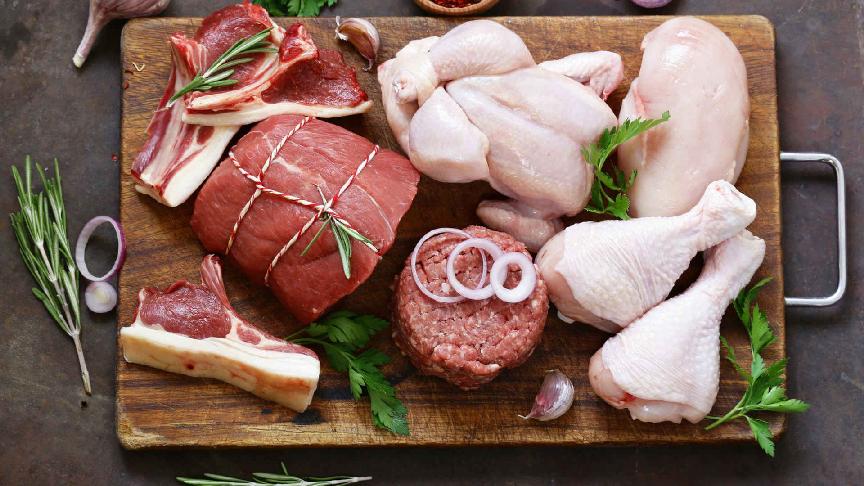The latest measures by the Panama Canal Authority (PCA) have increased the pressure on containerised trade in the region.
As drought conditions in Panama linger, fewer ships are allowed to transit the Canal. Until the end of this month, only 24 vessels will be allowed to cross the waterway. The number will be further reduced to 22 starting on 1 December.
Draught restrictions for vessels transiting the neo-Panamax locks currently stand at 44 ft, while those transiting the Panamax locks have had no draught restrictions.
Impact on container shipping increases
Because container carriers tend to book scheduled slots well in advance, the impact on container shipping has been limited. However, the new restrictions put in place are negatively influencing carrier operations.
According to Kuehne+Nagel sources, the current average waiting time for boxships is 4 to 8 days.
For ships overall, PCA data shows the number of vessels queuing for transit stood at 123 on 27 November, reports Lloyd's List. The average waiting time for the north- and south-bound transits was 9.7 days and 9.6 days, respectively.
Both MSC and CMA CGM announced this month they will impose a surcharge for containers transiting through the Panama Canal starting 1 January 2024.
While all container shipping sectors could face the same challenges, the reefer sector seems relatively more vulnerable. Drewry analysts have recently highlighted this issue, particularly for South American produce.
“For liner operators with booked slots, it will mean less cargo capacity and the need to keep strict schedules to make their slot, running the risk of leaving cargo behind in Chile, Peru and Ecuador, depending on the situation,” says Drewry.
Fruits and vegetables may remain at ports
The lowered capacity of vessels handling reefer containers means more crops will be left behind. This is particularly critical for seasonal deciduous fruit and spot banana cargoes, which do not necessarily have pre-booked transit slots, says a Journal of Commerce (JOC) report.
According to JOC, two reefers – the MV Fegulus and the MV Green Costa Rica – will likely be “the last spot banana cargoes [exiting Panama] for the next six to eight months, particularly as Central America is about to enter the dry season.”
In this case, a surge in the production of Ecuadorian bananas next year could have profound implications for this commodity if the offered capacity remains limited. Table grapes, berries and stone fruit in Chile will also be affected if reefer vessels continue to face challenges in the region.
Solutions could wait until 2028
The PCA has plans to invest in solutions that could preserve water levels at the Canal in the future. However, it is unlikely that these solutions will have the desired outcome before the end of 2028.
Ricuarte Vásquez, the canal authority’s administrator, told JOC that approving the infrastructure development projects for the Canal could wait until a new government in Panama is elected, which may not happen until after the elections in May 2024.
Nevertheless, the authority stressed that it continues to focus on saving water while ensuring reliability in transit for customers around the world.







